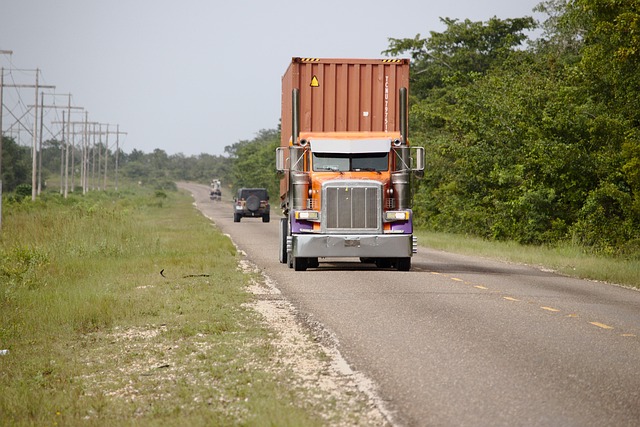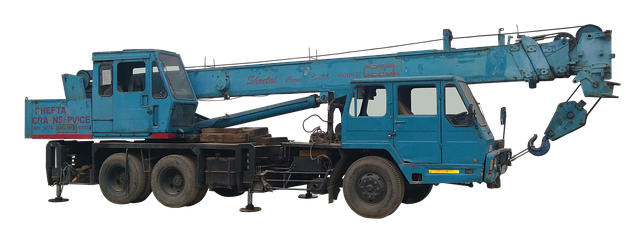Small fleet operators face a complex web of federal and state liability requirements, which can be mitigated through tailored insurance solutions like small fleet liability policies. These policies cover property damage, personal injury, and legal expenses, addressing unique risks associated with different vehicle types and driver experience. Assessing risks through regular inspections, maintaining records, and adhering to safety regulations is crucial for compliance. Selecting comprehensive coverage options and updating policies regularly helps businesses avoid hefty fines or lawsuits, safeguarding their financial health and maintaining legal integrity.
In today’s complex legal landscape, small fleet operators must navigate a web of federal and state liability requirements to ensure safe operations. This comprehensive guide addresses the critical aspects of managing risk and compliance for your fleet. From understanding diverse regulatory frameworks to implementing best practices for ongoing management, we delve into essential strategies for protecting your business and drivers. Key topics include assessing specific fleet-related risks, selecting adequate small fleet liability policies, and maintaining continuous compliance.
Understanding Federal and State Liability Requirements for Small Fleets

For small fleet operators, understanding federal and state liability requirements is essential for safeguarding against potential risks and financial burdens. While federal regulations often set broad guidelines for safety and insurance, individual states have their own specific mandates that fleets must adhere to. This dual oversight can complicate compliance for smaller operations, which typically manage a fewer number of vehicles and drivers compared to larger fleet companies.
Small fleet liability policies play a crucial role in mitigating these risks. These tailored insurance solutions are designed to cover various liabilities that may arise from on-the-road incidents, including property damage, personal injury, and legal expenses. By proactively securing such policies, small fleet owners can ensure they meet both federal and state obligations, thus avoiding hefty fines or lawsuits.
Assessing Risks: Identifying Potential Liabilities Specific to Fleet Operations

Assessing risks is a critical step for any business, but especially for small fleet operators who face unique liability challenges. Identifying potential liabilities specific to fleet operations involves a careful examination of various factors. These include vehicle maintenance practices, driver training programs, and adherence to safety regulations. For instance, policies related to regular vehicle inspections and well-maintained records can significantly reduce the risk of accidents caused by mechanical failures.
Small fleet liability policies should also account for specific operational risks, such as non-compliance with environmental regulations or issues arising from transporting hazardous materials. By evaluating these factors, fleet managers can tailor their insurance coverage accordingly, ensuring they meet federal and state requirements while protecting their business from potential financial burdens.
Choosing the Right Small Fleet Liability Policies

When it comes to managing a small fleet, selecting the appropriate liability coverage is paramount for business owners. Small fleet liability policies offer tailored protection, addressing unique risks associated with commercial vehicles. These policies are designed to shield businesses from financial burdens resulting from accidents, property damage, or injuries sustained by others.
Business owners should carefully review policy options, considering factors such as vehicle types, driver experience, and operation areas. Comprehensive coverage, including liability, collision, and comprehensive insurance, ensures protection against various incidents. By choosing the right small fleet liability policies, businesses can navigate legal requirements with confidence, safeguarding their financial health and maintaining compliance.
Implementing and Maintaining Compliance: Best Practices for Ongoing Management

Ensuring ongoing compliance with federal and state liability requirements is non-negotiable for businesses, especially those operating a small fleet. A robust strategy involves regular reviews and updates to policies and procedures. Begin by conducting a thorough audit of existing practices, identifying gaps in coverage or potential areas of non-compliance. Implement tailored solutions that align with specific industry standards and risk factors unique to your fleet operations.
For instance, consider crafting comprehensive small fleet liability policies that address driver screening, safety training, vehicle maintenance protocols, and incident response strategies. Establish clear lines of communication between management and employees to foster a culture of accountability and adherence to regulations. Regularly monitor industry updates and legislative changes to promptly adapt your compliance measures, ensuring your business remains shielded from legal repercussions and financial losses.
In ensuring compliance with federal and state liability requirements, small fleet operators must adopt a multifaceted approach. By understanding the specific rules that apply to their operations, assessing risks unique to their fleets, and selecting appropriate small fleet liability policies, they can mitigate potential liabilities effectively. Implementing best practices for ongoing management not only guarantees adherence to regulations but also fosters a culture of safety and responsibility. Ultimately, prioritizing compliance enables small fleet owners to operate with confidence, knowing they’ve taken the necessary steps to protect both their businesses and their drivers.
